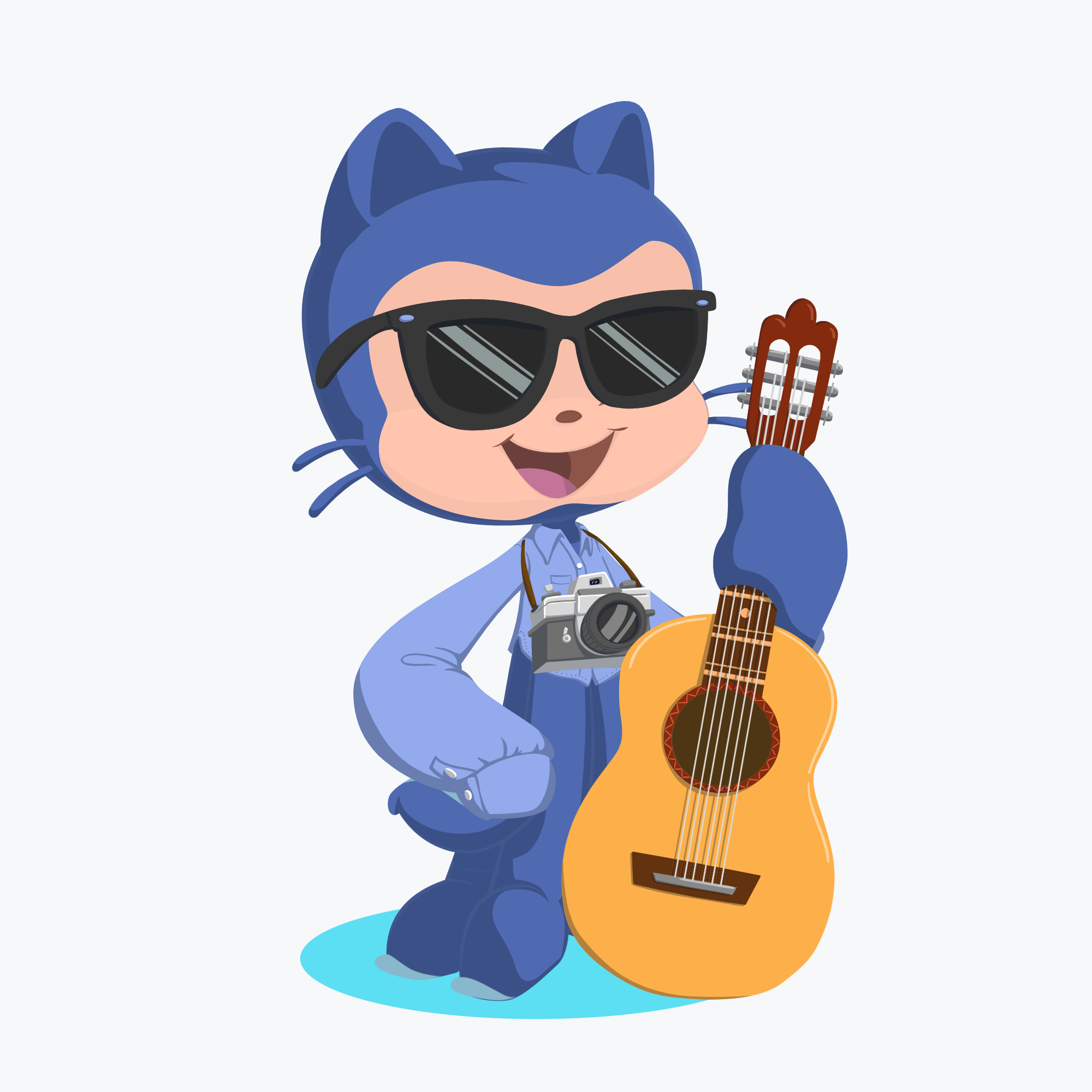CSAPP Walk Through: Chapter 2
These series of notes are based on the book Computer Systems: A Programmer's Perspective.

The homepage for the book is http://csapp.cs.cmu.edu/.
I put these notes here for me to review the book conveniently, hope it helps you as well.
Imformation Storage
Bytes
- Byte is the smallest addressable unit of memory.
- Every byte of memory is identified by a unique number(address).
- All possible addresses form the virtual address space.
Words
- Word size indicates the nominal size of integer and pointer data.
- For a machine with a $w$-bit word size, the virtual memory addresses can range from $0$ to $2^w-1$.
Data Sizes
This chart shows sizes of C numeric data types of 32-bit and 64-bit machines.
| C declaration | 32-bit | 64-bit |
|---|---|---|
| char | 1 | 1 |
| short int | 2 | 2 |
| int | 4 | 4 |
| long int | 4 | 8 |
| long long int | 8 | 8 |
| char * | 4 | 8 |
| float | 4 | 4 |
| double | 8 | 8 |
Strings
- A string in C is encoded by an array of characters terminated by the null character(
\0).
Boolean Algebra
- Claude Shannon was the first to made the connection between Boolean algebra and digital logic.
- ** Opeartions: ** NOT, AND, OR and EXCLUSIVE-OR.
Integer representations
To represent positive-only values(unsigned numbers), we use unsigned encodings. To represent both positive and negative values(signed numbers), we use two's complement encodings.
- U: Unisigned Encodings
- T: Two's Complement Encodings
Remember:
- $U_{Max} = 2^w - 1$
- $T_{Max} = 2^{w-1} - 1$
- $T_{Min} = 2^{w-1}$
Conversions Between Signed and Unsigend
For conversions between signed and unsigned numbers with the same word size: the numeric values might change, but the bit patterns do not.
When executing an operation between an unsigned operand and a signed operand, C will convert the signed operand to an unsigned operand implicitly.
For conversion from signed integer to unsigned integer:
For conversion from unsigned integer to signed integer: $$$$
Expanding the Bit Representation of a Number
- Zero Extension: To expand a unsigned number, we simply add leading zeros to the representation.
- Sign Extension: To expand a two's complement number, we add copies of the most significant bit to the representation.
Truncating Numbers
To truncate an unsigned number:
To truncate an two's complement number:
Floating Point
The numerical form of floating point numbers is $V_{10} = \left(-1\right)^s \cdot M \cdot 2^E$.
- Sign bit s determines whether the number is positive or negative.
- M is a fractional value in range $\left[1.0, 2.0\right]$
- E weights value by a power of 2.
Floating point in memory:
- Single precision(32 bits): 1 sign bit, 8 exponent bits and 23 fraction bits.
- Double precision(64 bits): 1 sign bit, 11 exponent bits and 52 fraction bits.
exponent bits encodes E, fraction bits encodes M.
Special values:
- When exp bits are all 1 and frac bits are all 0, the number represents $\infty$ ($+\infty$ when $s=0$ and $-\infty$ when $s=1$).
- When exp bits are all 1 and frac bits are not all 0, the number represents $NaN$(Not a Number).
Encoding:
- Exponent was coded as biased values: $E = exp - Bias$.
- Significand coded with implied leading 1: $M = 1.xxx...x$.
Example:
float f = 12345.0;$12345_{10} = 1.1000000111001_2 \cdot 2^{13}$
Significand:
- $M = 1000000111001_2$.
- $frac = 10000001110010000000000_2$.
Exponent:
- $E = 13$
- $Bias = 127$
- $exp = E + Bias = 140 = 10001100_2$
Result:
| sign bit | exp | frac |
|---|---|---|
| 0 | 10001100 | 10000001110010000000000 |
